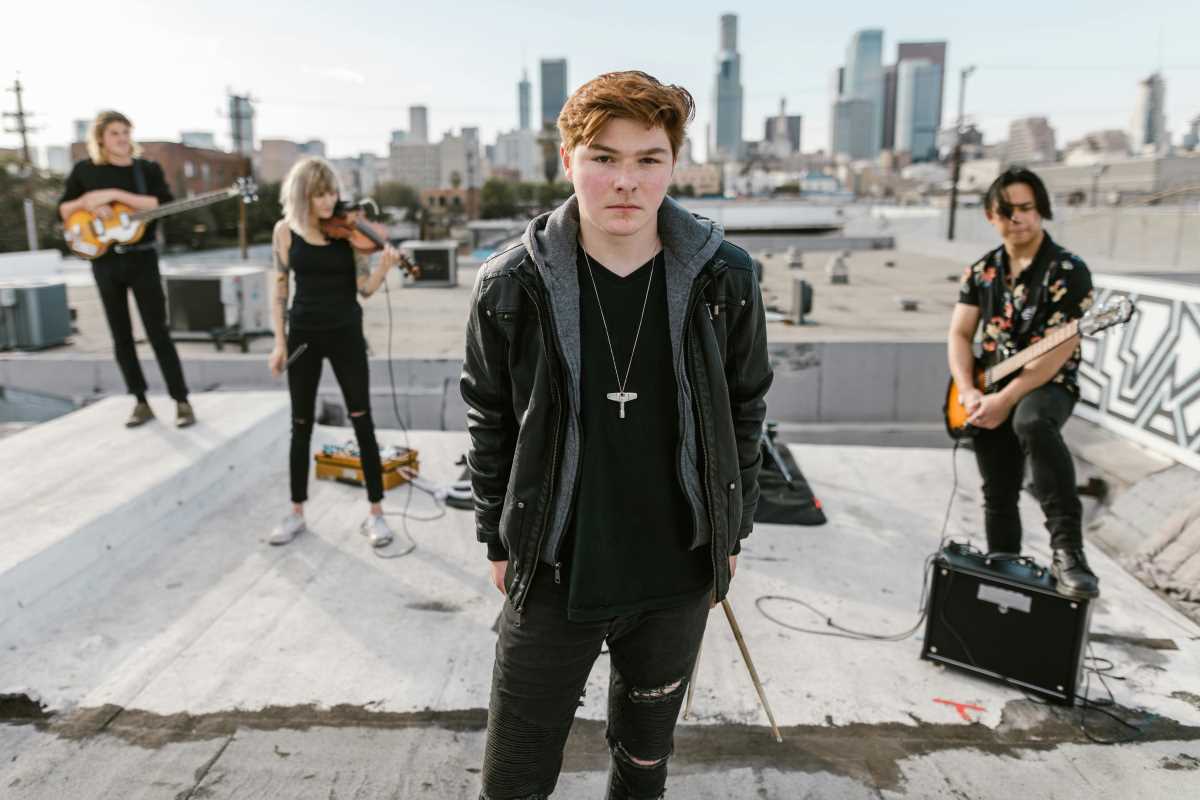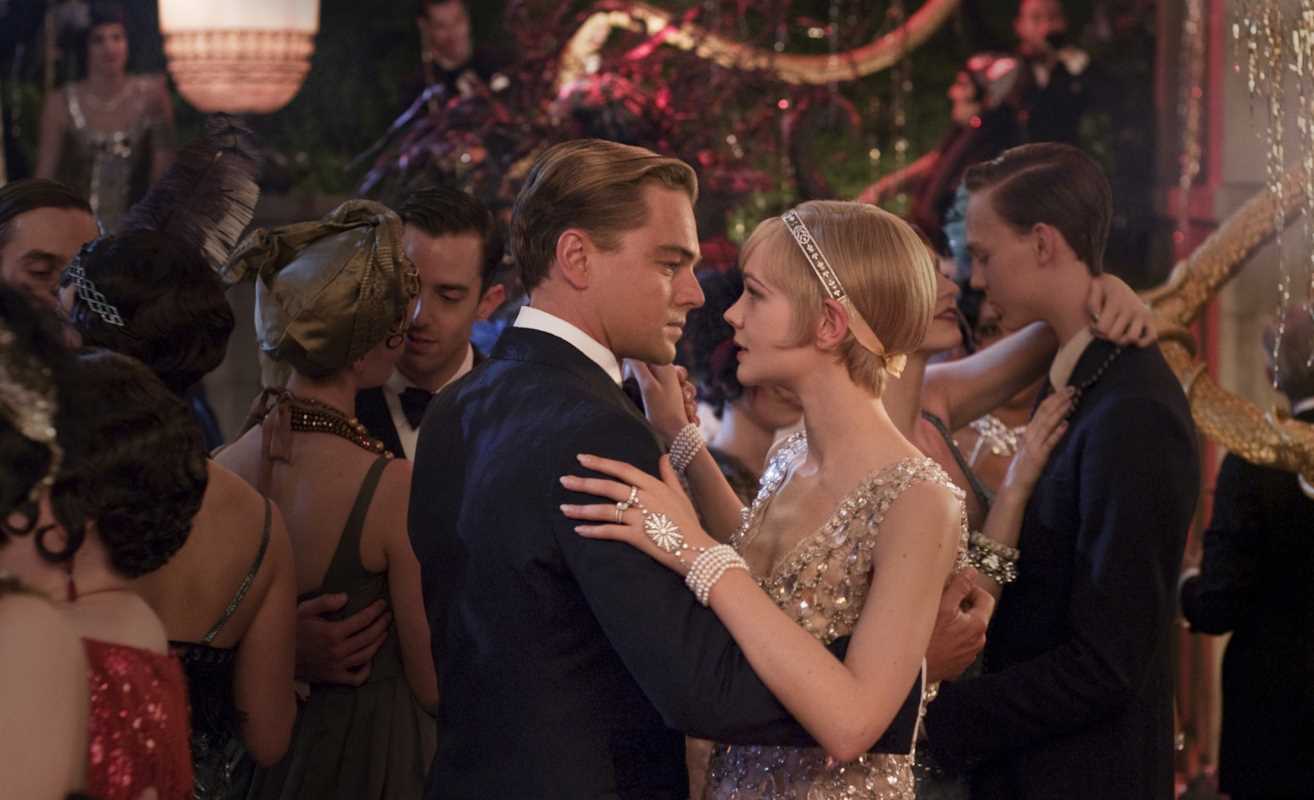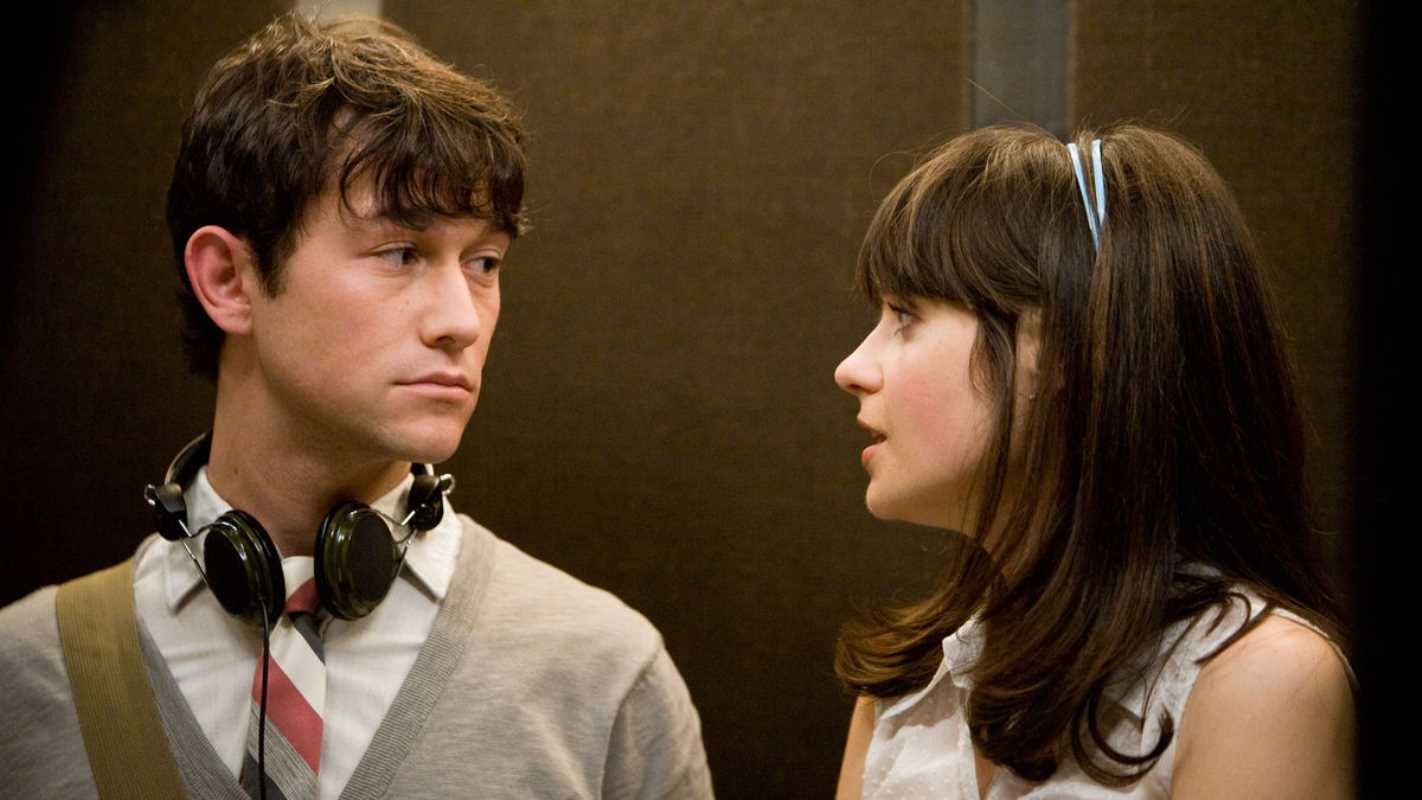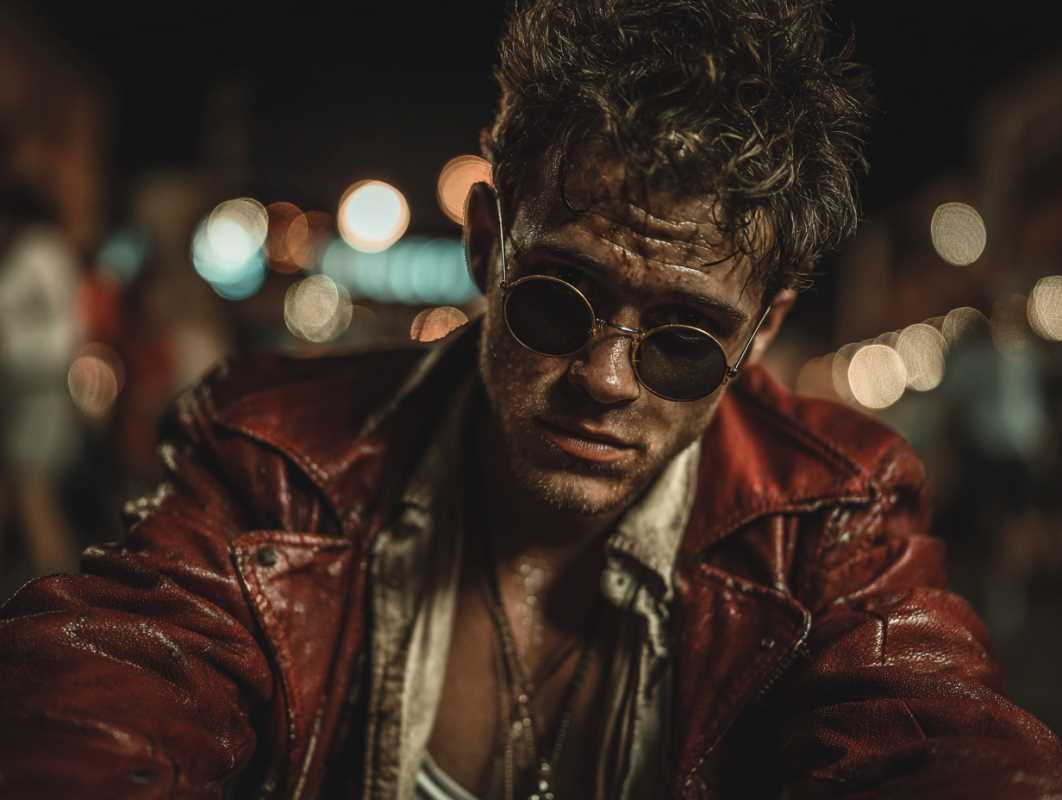K-Pop, or Korean Pop, has transcended its origins as a music genre to become a global cultural phenomenon. A critical component of this global expansion is its visual aspect, where fashion plays a primary and strategic role. K-Pop idols and groups like BTS and BLACKPINK are not merely musicians; they function as comprehensive style influencers whose sartorial choices are analyzed, replicated, and integrated into global fashion trends. This article provides a detailed analysis of the mechanisms through which K-Pop stars influence global fashion, with specific examples and procedural guidance for personal style integration.
The Symbiotic Relationship Between K-Pop and Fashion
The K-Pop industry is structured around the concept of the "idol," a performer who is meticulously trained in singing, dancing, and public presentation. Fashion is a key element of this presentation, utilized to construct a specific image or "concept" for each album release or promotional cycle. This concept-driven approach necessitates constant stylistic evolution, making K-Pop a dynamic and fast-moving force in fashion.
The influence is twofold:
- Top-Down Influence: K-Pop agencies collaborate directly with luxury fashion houses. Idols are appointed as global brand ambassadors, a process that formally links them to high fashion and introduces their massive fanbases to these brands.
- Bottom-Up Influence: The everyday style of idols, particularly "airport fashion" and social media posts, presents a more accessible and relatable form of influence. Fans replicate these looks, leading to specific items selling out and driving trends at the consumer level.
Analysis of Key Influential Groups and Styles
To understand the scope of K-Pop's fashion influence, it is necessary to examine the specific contributions of its leading groups.
BTS: The Fusion of High Fashion and Socially Conscious Streetwear
BTS has been instrumental in bridging the gap between luxury fashion and accessible streetwear. As global ambassadors for Louis Vuitton and Dior, they have brought a new level of visibility to these brands.
- Key Style Elements:
- Soft Tailoring: BTS members frequently wear suits and blazers with a relaxed, unstructured fit. This "soft power" look challenges traditional, rigid menswear silhouettes.
- Layering and Accessorizing: Their style often involves layering different textures and pieces, such as a hoodie under a tailored coat, and is completed with deliberate accessories like beanies, subtle jewelry, and statement bags.
- Gender-Fluid Pieces: The group often incorporates pieces that defy traditional gender norms, such as blouses, wide-leg trousers, and harnesses, promoting a more fluid and inclusive approach to fashion.
BLACKPINK: Modern Luxury and "Girl Crush" Aesthetic
BLACKPINK represents the pinnacle of modern luxury fashion within K-Pop. Each member serves as a global ambassador for a major European fashion house: Jisoo for Dior, Jennie for Chanel, Rosé for Saint Laurent, and Lisa for Celine.
- Key Style Elements:
- Brand-Centric Looks: Their outfits, both on and off stage, often prominently feature their associated brands, functioning as highly effective marketing.
- High-Low Mixing: Jennie, in particular, is known for mixing high-fashion pieces from Chanel with more accessible streetwear brands, creating a look that is both aspirational and relatable.
- Diverse Aesthetics: Each member cultivates a distinct style that aligns with their brand partnership, showcasing a range from Rosé's rock-chic elegance to Lisa's edgy, Celine-driven look. This demonstrates how individual personality can be expressed through brand association.
Procedural Guide: Integrating K-Pop Fashion Elements
To incorporate K-Pop-inspired style into a personal wardrobe, a structured approach is required. The following procedures outline how to adopt key trends effectively.
Procedure 1: Mastering Layering and Proportions
A fundamental aspect of K-Pop fashion is the sophisticated use of layering to create interesting silhouettes.
- Establish a Base Layer: Begin with a simple, well-fitting base, such as a crewneck t-shirt or a turtleneck.
- Add a Mid-Layer: Introduce a contrasting texture or shape. An open button-down shirt (flannel or a solid color) over a t-shirt is a common technique.
- Select an Outer Layer: The final layer should define the silhouette. For a more structured look, a tailored blazer or wool overcoat is appropriate. For a relaxed, streetwear-inspired aesthetic, an oversized bomber jacket or hoodie can be used.
- Manage Proportions: Pay close attention to proportions. If wearing an oversized top layer, pair it with slim-fit or straight-leg trousers to maintain a balanced silhouette. Conversely, wide-leg trousers work well with a more fitted top.
Procedure 2: The Strategic Use of Accessories
In K-Pop style, accessories are not afterthoughts; they are deliberate choices that complete and elevate an outfit.
- Incorporate Headwear: Beanies, baseball caps, and bucket hats are staples of idol "airport fashion." Select headwear in a neutral color for versatility or a bold color to serve as a statement piece.
- Utilize Subtle Jewelry: Simple chain necklaces, minimalist rings, and single earrings are common. The objective is to add a point of interest without overwhelming the look.
- Invest in a Statement Bag: Idols are frequently seen with designer crossbody bags, totes, or backpacks. A quality bag can elevate an otherwise simple outfit.
Procedure 3: The Fearless Adoption of Color and Pattern
K-Pop fashion is characterized by a bold and confident use of color and pattern, moving beyond the traditional neutral palette of menswear and womenswear.
- Start with a Single Colored Piece: Introduce one vibrant item into an otherwise neutral outfit. A brightly colored sweater, a pair of colored sneakers, or a patterned shirt can serve as a focal point.
- Experiment with Tonal Dressing: Wear different shades of the same color to create a sophisticated, monochromatic look. For example, pair light blue jeans with a navy shirt and a royal blue jacket.
- Pattern Mixing: For a more advanced execution, mix patterns. A common guideline is to pair a large-scale pattern with a smaller-scale one (e.g., wide stripes with a micro-floral print) and to ensure the patterns share at least one common color to maintain cohesion.
The Broader Impact on the Fashion Industry
The influence of K-Pop extends beyond consumer trends to affect the operations of the fashion industry itself.
- Shift in Brand Ambassadorships: The appointment of K-Pop idols as global ambassadors reflects a strategic shift by luxury brands to target the large, highly engaged, and digitally native fanbases of these groups.
- "Sold Out" Phenomenon: When an idol wears a specific item, it often sells out within hours, a phenomenon that provides brands with immediate and quantifiable data on the return on investment of these partnerships.
- Influence on Runway and Street Style: Elements popularized by K-Pop, such as gender-fluid silhouettes, technical outerwear, and bold streetwear, are increasingly visible in Western street style and on international runways.
The influence of K-Pop stars on global fashion is a significant and well-documented phenomenon. It is driven by a highly organized industry, strategic partnerships with luxury brands, and the powerful, grassroots influence of massive fan communities.
 (Image via
(Image via





